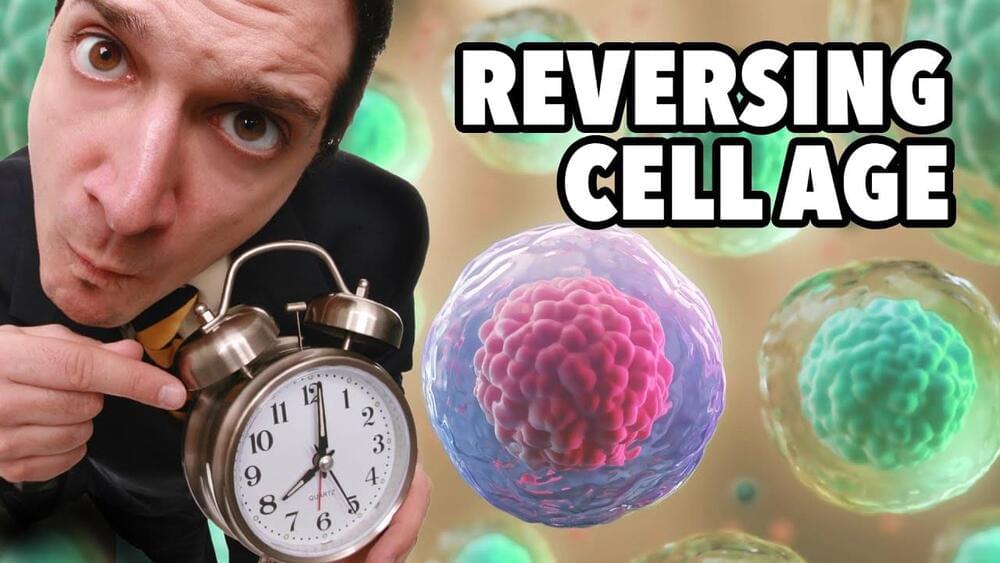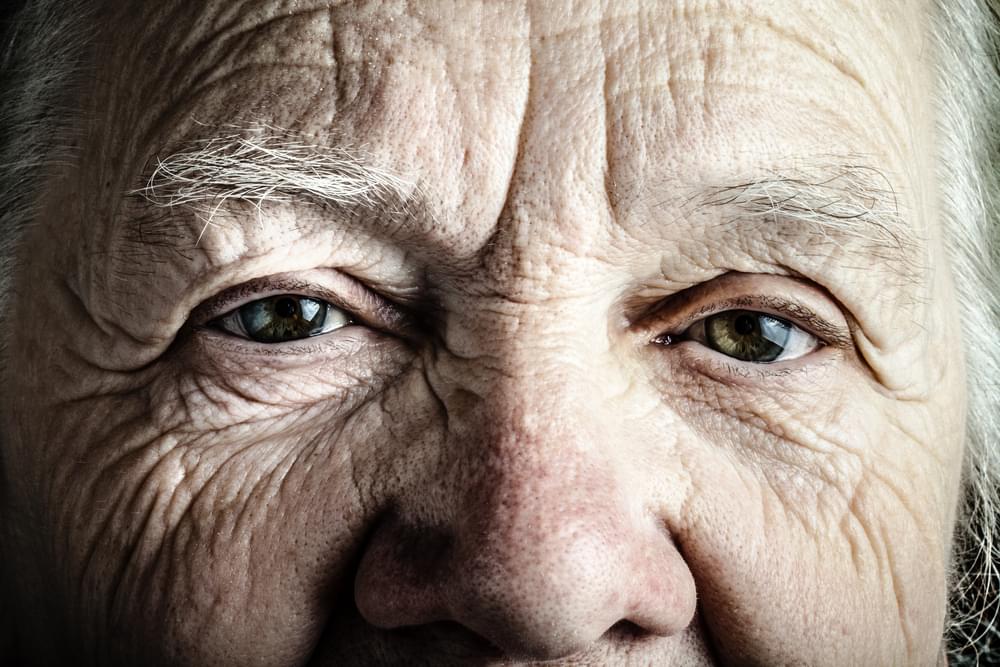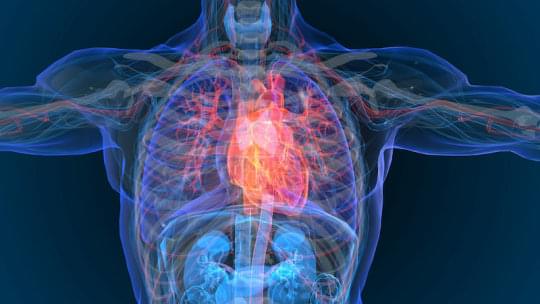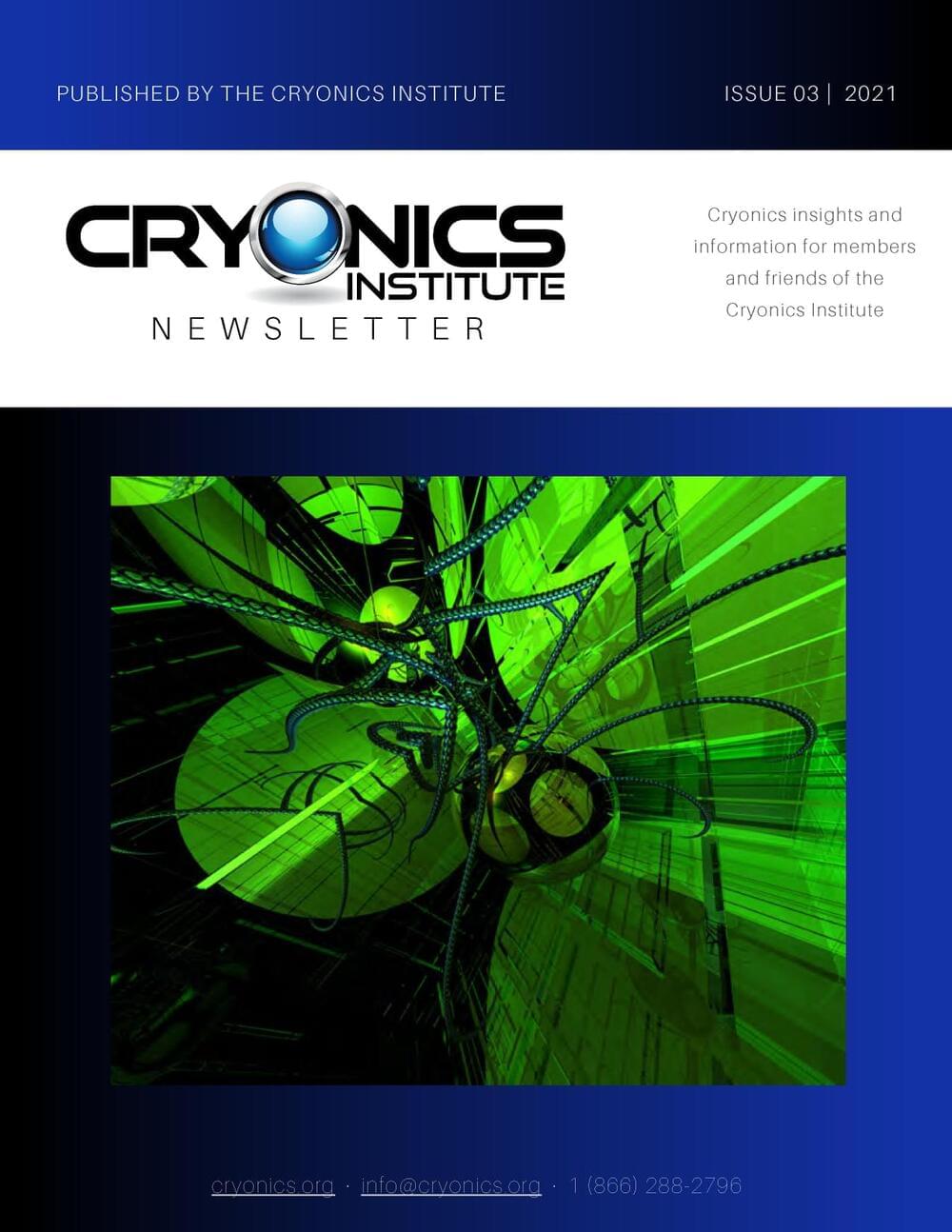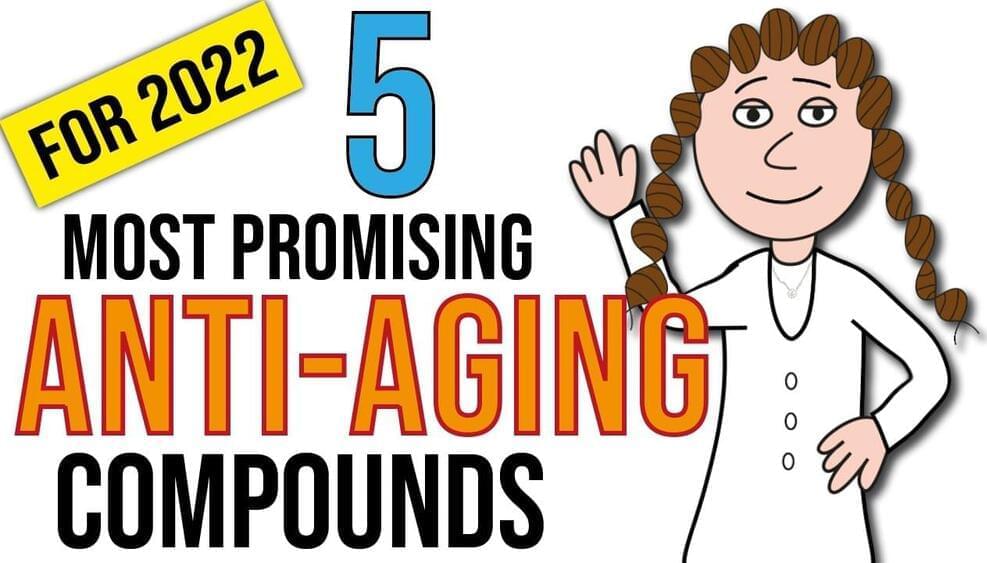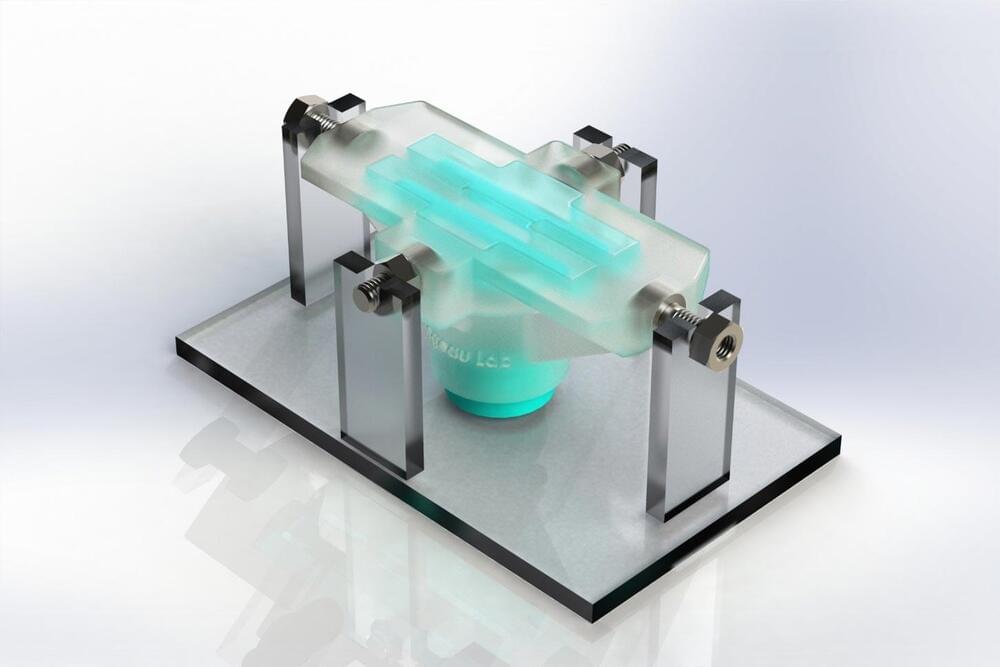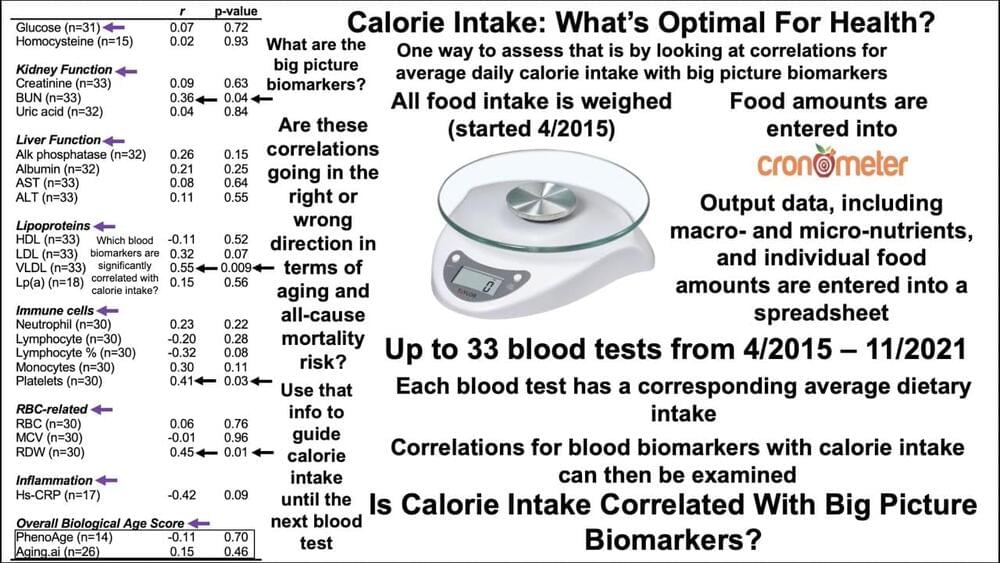Very technical and it’s from the usually secretive Calico.
Jacob Kimmel of Calico Labs discusses how cells can be reprogrammed to restore youthful expression through transient suppression of cell identity at Lifespan.io’s 2021 EARD conference.
FOLLOW US
▀▀▀▀▀▀▀▀▀▀▀▀▀▀▀▀▀▀▀▀▀▀▀▀▀▀
https://www.lifespan.io.
https://www.facebook.com/lifespanio.
https://www.instagram.com/lifespan.io/
Jacob Kimmel is a Principal Investigator at Calico Life Sciences leading a research program focused on repurposing developmental programs to address aging and age-related disease. His recent work has revealed the influence of cell identity on aging trajectories, discovered mechanisms of age-related impairment in muscle stem cells and developed machine learning methods for the analysis of single-cell genomics data. Prior to Calico, Jacob completed Ph.D. training with Wallace Marshall and Andrew Brack at the University of California San Francisco where he developed methods to measure cell state transitions with timelapse microscopy techniques.
Calico (Calico Life Sciences LLC) is an Alphabet-founded research and development company whose mission is to harness advanced technologies and model systems to increase our understanding of the biology that controls human aging.
The annual Ending Age-Related Diseases (EARD) conference by Lifespan.io brings together longevity thought leaders together to exchange research reports, inspire and get inspired with new ideas, find collaborators, supporters, and mentors.
In terms of thumbnails, maybe you can do something with the life cycle of a frog, but in reverse?
The way he starts the presentation is by asking whether ontogeny or the origination of an organism, can be reversed.
HOW CAN YOU SUPPORT US?
▀▀▀▀▀▀▀▀▀▀▀▀▀▀▀▀▀▀▀▀▀▀▀▀▀▀
Lifespan.io, a 501©(3) nonprofit organization.
► Support us with monthly donations by becoming a Lifespan Hero:
https://www.lifespan.io/hero.
► Subscribe: http://www.youtube.com/user/LifespanIO
► Learn more, and help us: https://www.lifespan.io.
#JacobKimme #RejuvenationBiotechnologies #EARD2021#Longevity #ReversingCellAge.
#SuppressingCellIdentity #CanOntogenyBeReversed
